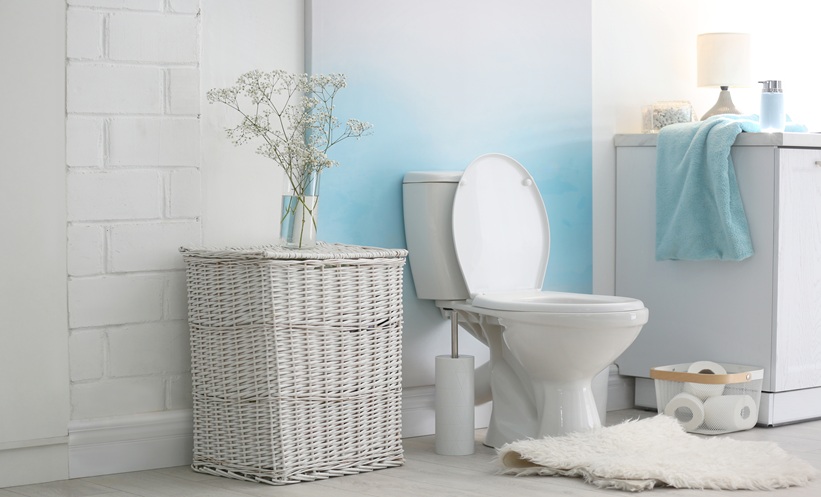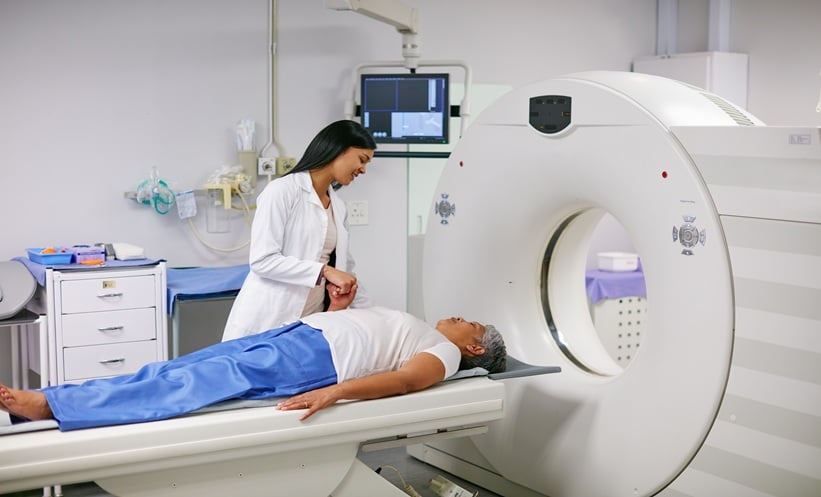A RECENT study has highlighted the urgent need for better tools to detect and monitor chronic urinary conditions, particularly those affecting adults over 40. Over 60% of adults in this age group experience one or more lower urinary tract symptoms (LUTS), including urgency, nocturia, weak stream, and incontinence, which can significantly reduce quality of life, emotional wellbeing, and social participation.
Current diagnostic tools like cystometry and uroflowmetry are limited to specialist clinics and are often invasive, uncomfortable, and inaccessible for long-term monitoring. To address this, researchers introduced a conceptual design for a toilet-mounted home device capable of non-invasively measuring urine flow, volume, and frequency. The proposed device uses laser and camera technology to collect data, which would be transmitted to a mobile app. Though not yet a prototype, this “design probe” was presented to patients and clinicians to gauge needs and preferences.
Semi-structured interviews with UK patients revealed discomfort, embarrassment, and emotional strain from existing diagnostic procedures. The new concept was positively received, largely because it promised privacy and dignity, key concerns often overlooked in traditional diagnostics.
Focus groups with 29 Israeli clinicians, including doctors, physical therapists, and nurses, identified essential clinical measures such as urine stream, pelvic floor function, and fluid balance. Preferences varied by professional role, suggesting a flexible, modular system would better suit differing clinical priorities.
Advantages of the concept included objective, long-term monitoring and reduced strain on healthcare services. However, concerns were raised around data privacy, accuracy, cost, ease of use, and potential increases in clinical workload. Suggestions for improvement included user identification features and integration with electronic health records.
This research offers valuable insight into patient and practitioner needs, and sets the foundation for user-centred development of digital health tools. By aligning innovation with real-world experience, it aims to advance early diagnosis and improve long-term outcomes for those with chronic urinary conditions.
Reference
Kaplan A et al. Clinician and patient perspectives on a novel device for measuring urine flow volume and voiding patterns. Sci Rep. 2025;15(1):19756. 2025;DOI:10.1038/s41598-025-04655-4.







